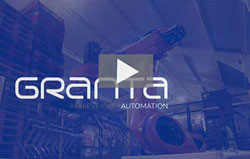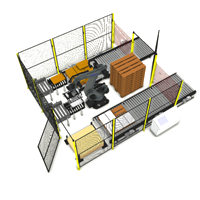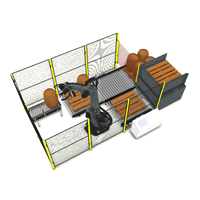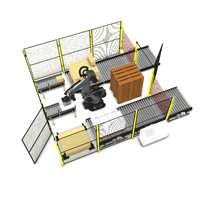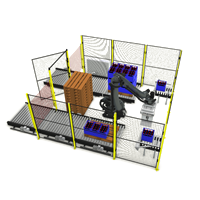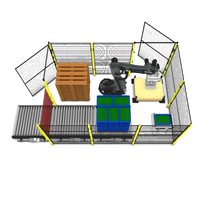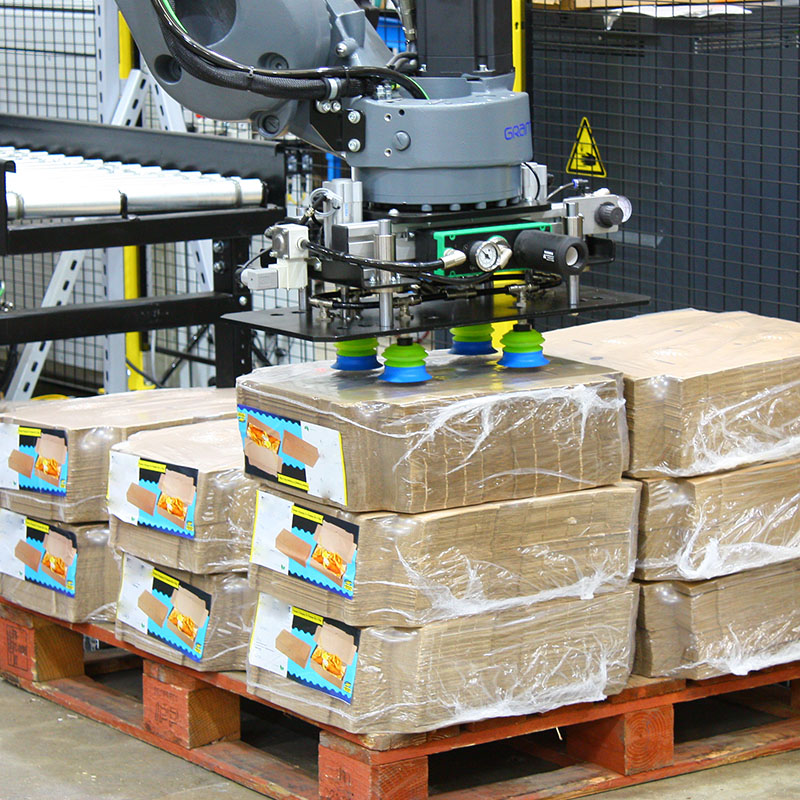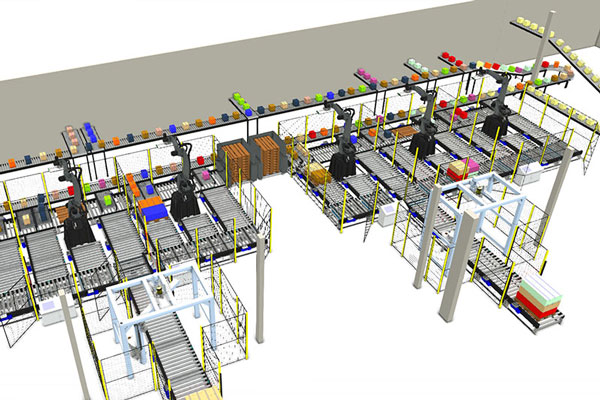to go about it:
- Understand the Current Workflow:
Document the existing workflow processes in detail. This includes mapping out each step, who is responsible for it, the time it takes, and any potential bottlenecks. - Gather Data and Metrics:
Collect data on the various aspects of your workflow. This may involve using time tracking software, surveys, or direct observation. Make sure to capture both quantitative and qualitative data. - Analyse the Data:
Utilise the collected data to identify areas in the workflow that are bottlenecks or need improvement. Look for patterns, inefficiencies, and discrepancies between expected and actual results. - Brainstorm Solutions:
Involve employees and relevant stakeholders in brainstorming sessions to generate ideas for workflow improvements. Consider technology solutions, process changes, or resource reallocation. - Prioritise Improvement Opportunities:
Assess the potential impact and feasibility of each improvement opportunity. Prioritise those with the most significant potential benefits and the lowest implementation barriers. - Implement Workflow Changes:
Develop an action plan for implementing the identified improvements. This may involve changing processes, reallocating resources, adopting new tools or software, or providing additional training. - Provide Training and Support:
Ensure that employees are properly trained and supported during the transition to the improved workflow. Effective change management is crucial. - Test and Pilot Changes:
Before rolling out changes organisation-wide, pilot them in a controlled setting to identify any unforeseen issues or challenges. - Set Clear Objectives:
Define specific and measurable goals for the workflow improvements. These objectives should be aligned with the overall business or organisational objectives. - Identify Key Performance Indicators (KPIs):
Determine the KPIs that matter most for your workflow. These could be cycle time, error rate, throughput, cost per unit, or any other relevant metrics. - Measure the Impact:
Continuously monitor the KPIs and other metrics to measure the impact of the changes. Ensure that the improvements are delivering the expected results. - Iterate and Refine:
Be open to making further adjustments if the initial changes do not achieve the desired improvements. Iterate on the process until you achieve the desired level of efficiency. - Document the New Workflow:
Update your workflow documentation to reflect the new and improved processes. This will help in training new employees and maintaining consistency. - Maintain a Continuous Improvement Culture:
Encourage a culture of continuous improvement where employees are encouraged to identify and suggest improvements regularly. - Regularly Review and Audit:
Periodically review the workflow to ensure that it remains efficient and effective. Workflow analysis and improvement should be an ongoing process.
Remember that the key to successful workflow analysis and improvement is to involve employees and stakeholders, measure the impact of changes, and be adaptable in response to evolving needs and objectives.
If you are looking to see how automated palletising might affect your workflow efficiencies, feel free to contact us on 01223 499488 or helpline@granta-automation.co.uk and we will be happy to discuss this. Typically installing an automated palletising system will result in a significant production increase, along with a reduction in Health & Safety Claims. Payback is also often less than one year.
Find out more…

